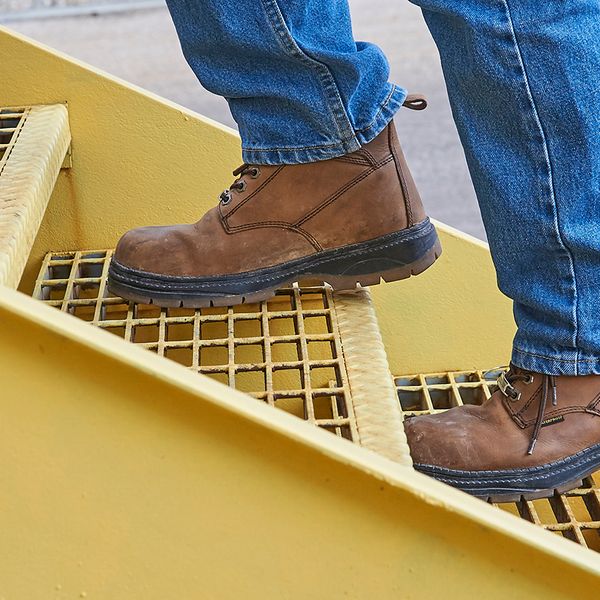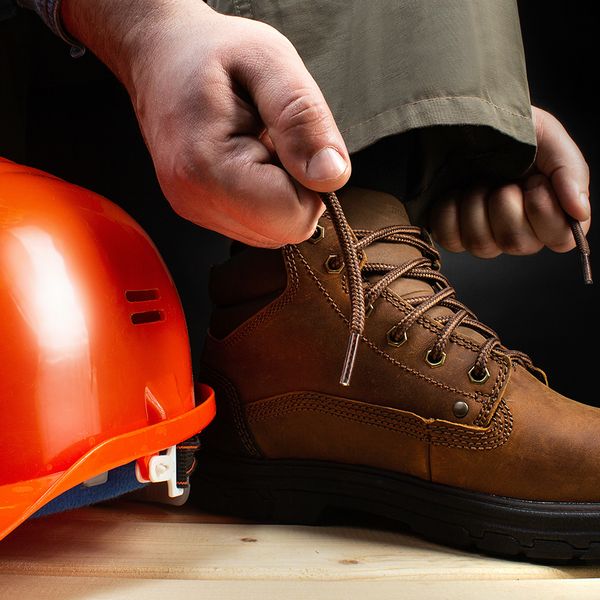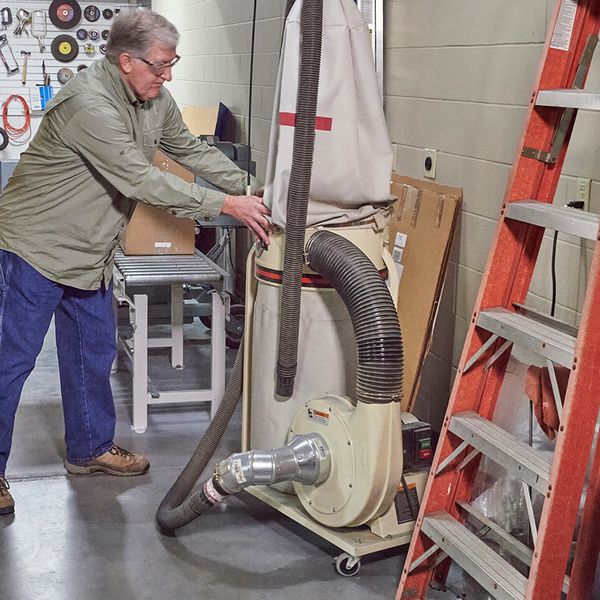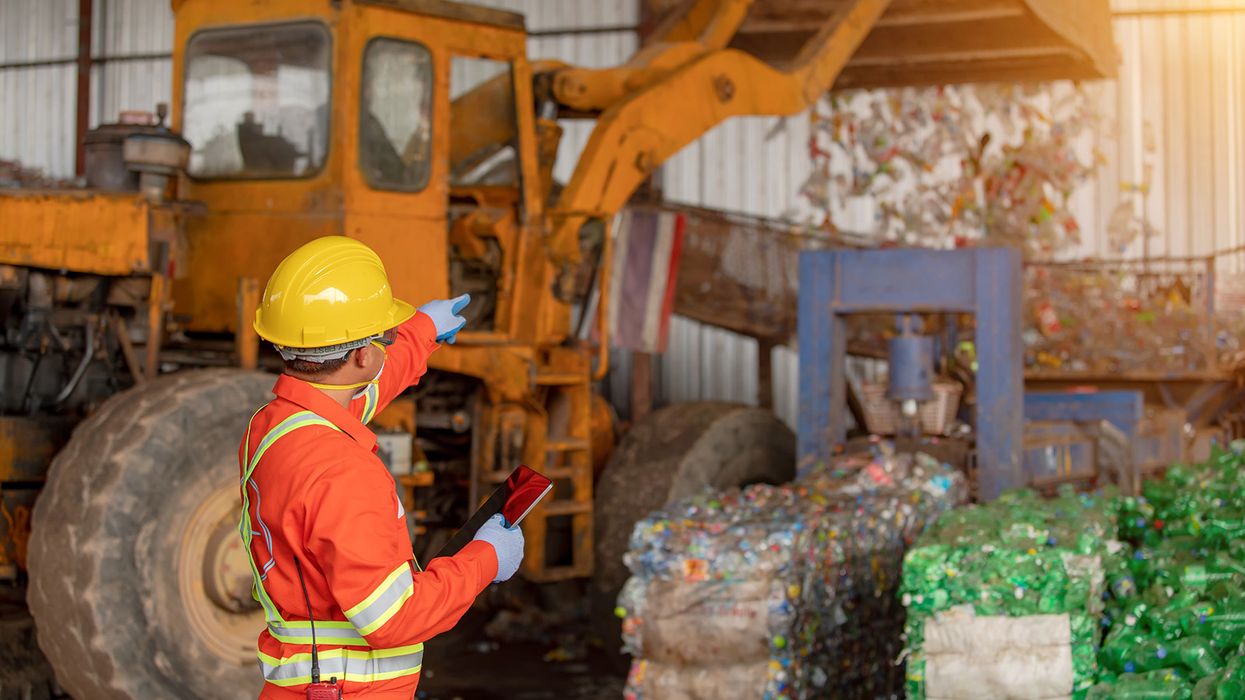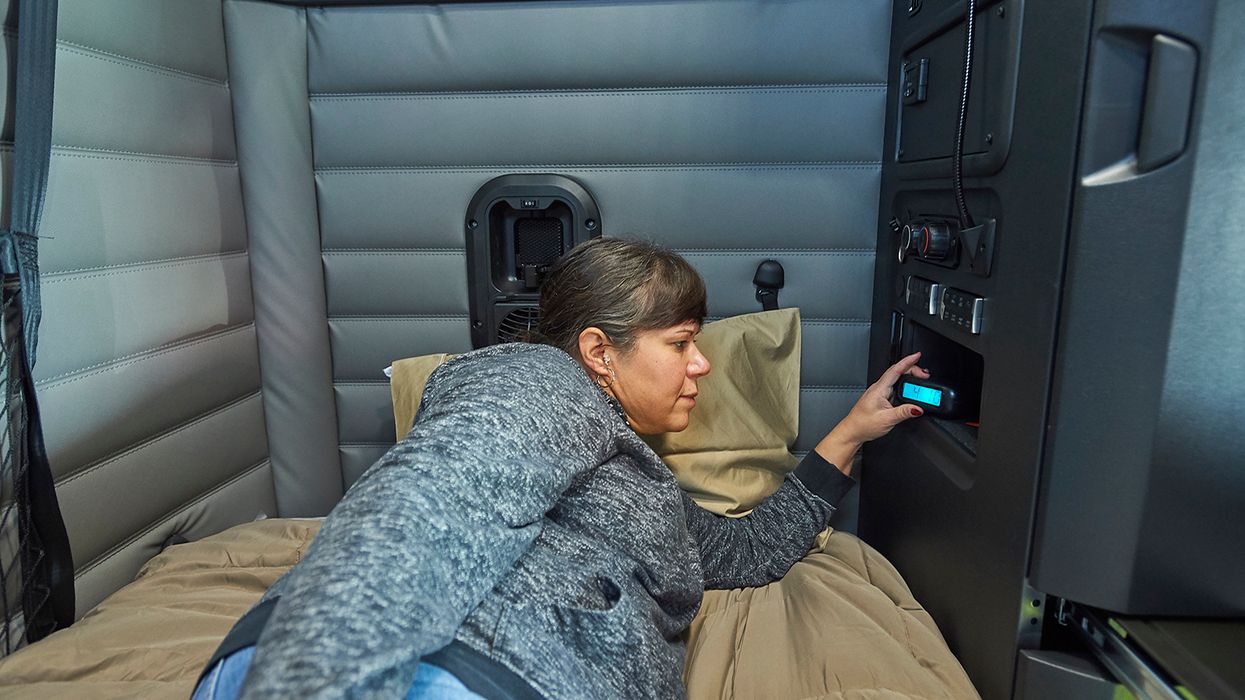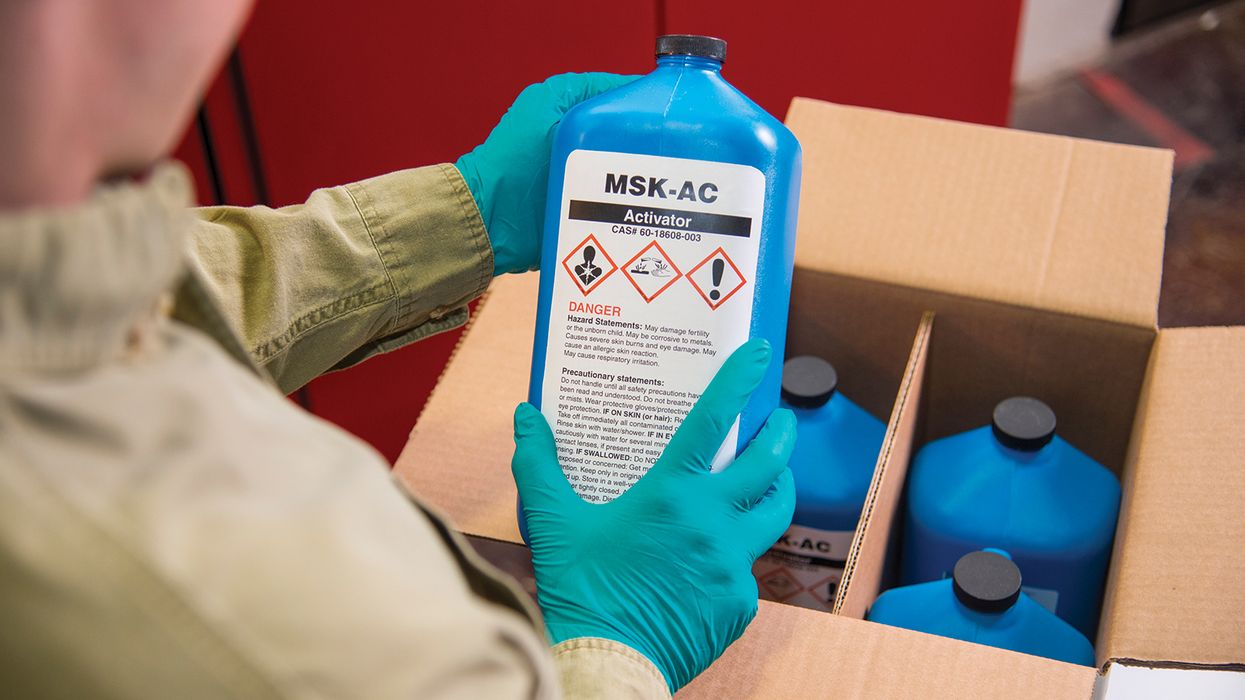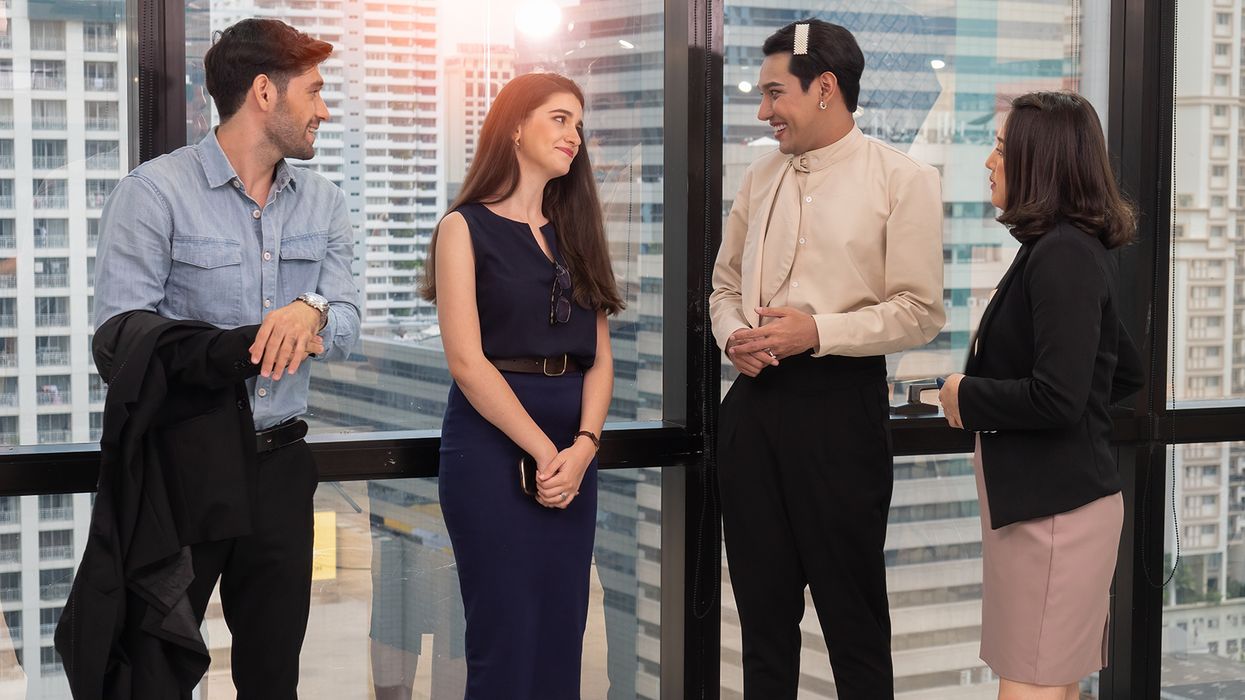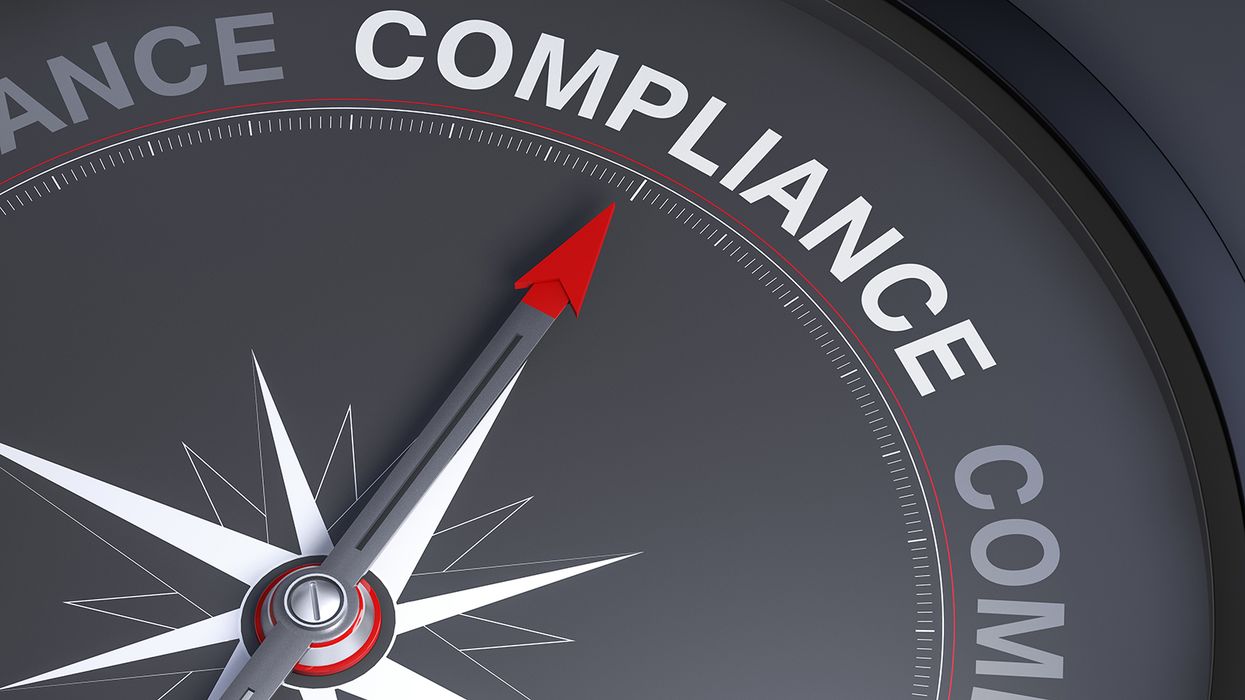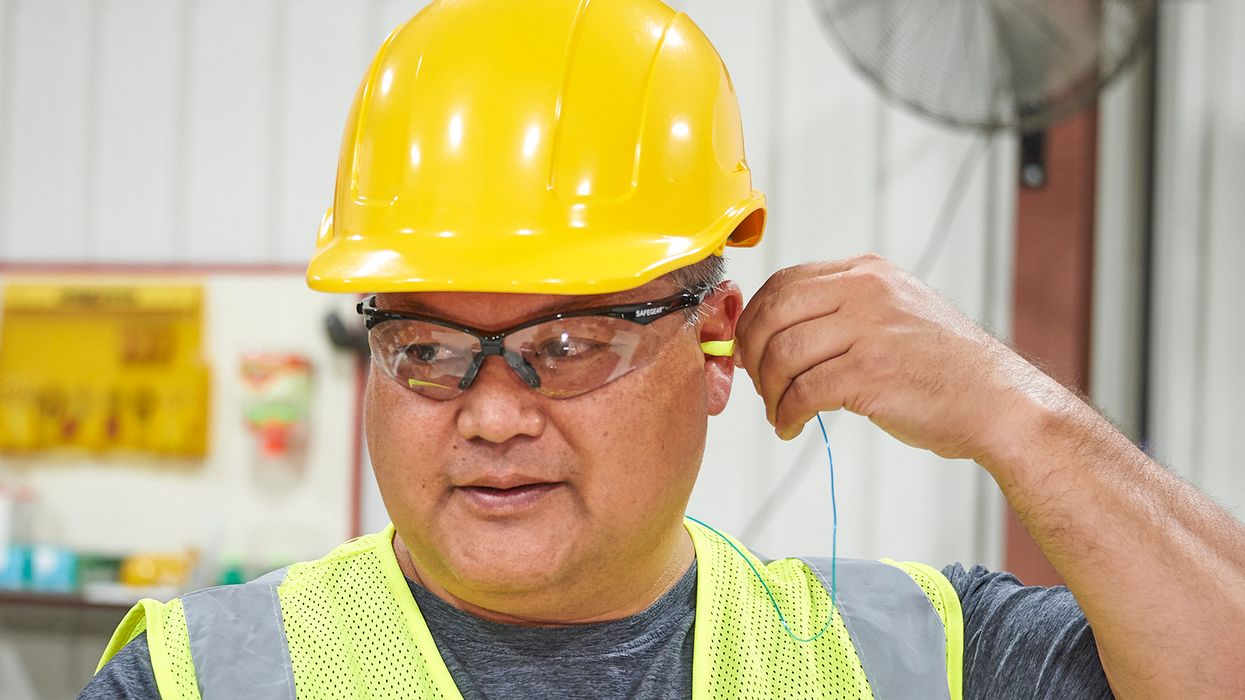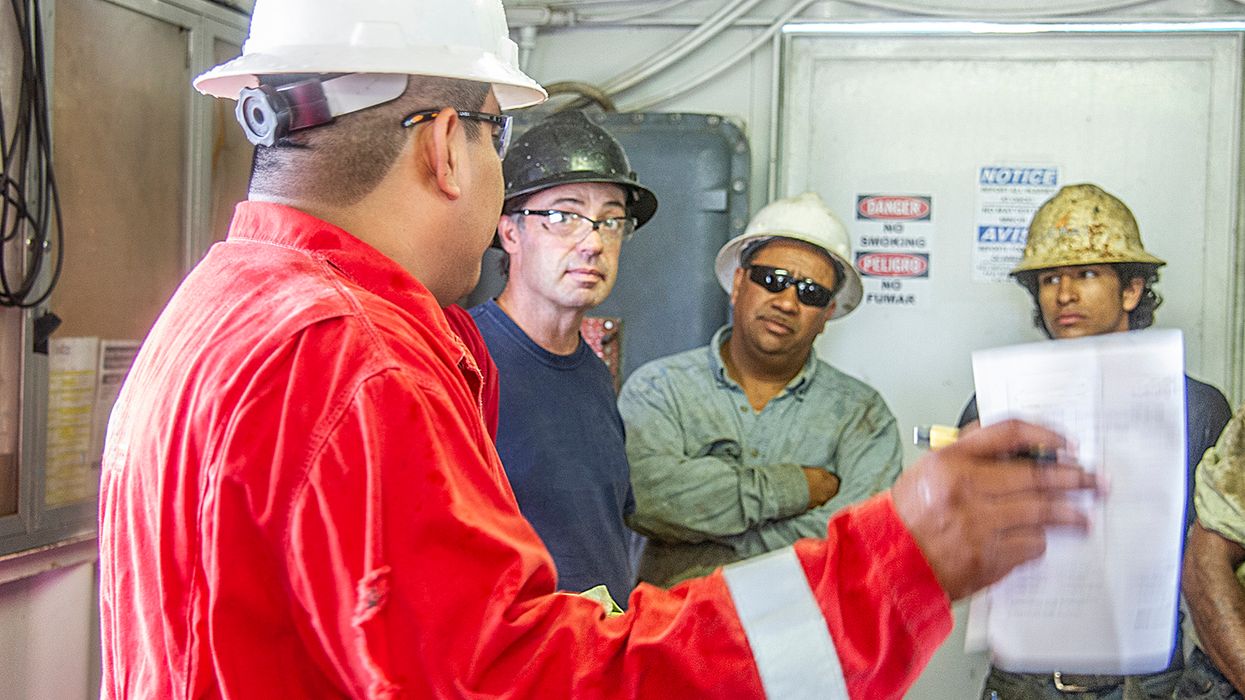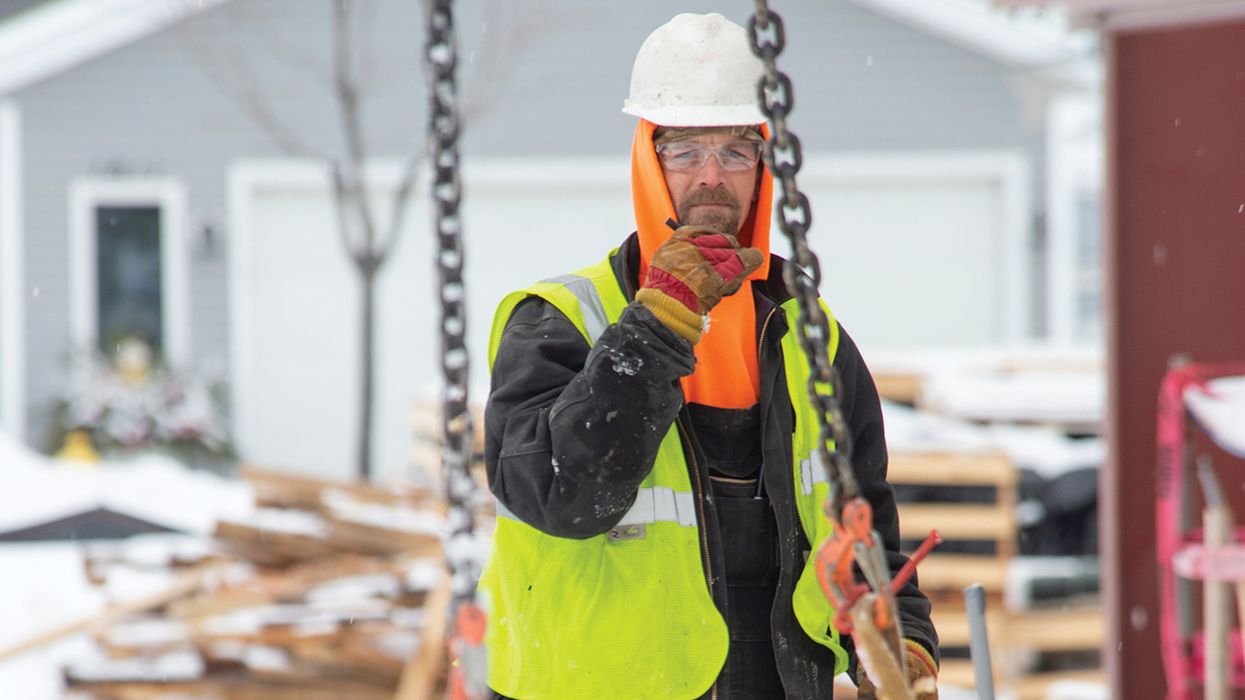To slip or not to slip: Are slip-resistant shoes the answer?
Employers must continuously evaluate their workplaces to minimize their workers' exposure to injury from slip hazards. The most common first response is to provide personal protective equipment (PPE) in the form of slip-resistant shoes, but is it enough?
The challenge with slipping hazards is you cannot eliminate the activity of workers moving from place to place to get their work done. This is fundamental to engaging in our daily lives and work, so the opportunity to slip and injure yourself is likely without the proper safety measures in place.
According to the Bureau of Labor Statistics, slips, trips, and falls continue to be one of the leading causes of worker injury. Slippery surfaces in our work environments will increase the chances of these injuries.
Are slip-resistant shoes the answer?
Here's the catch—it's not a one-size-fits-all scenario. The type of work and the environment influence the effectiveness of slip-resistant shoes. A shoe that works well for a chef in a busy kitchen might not be as effective for a warehouse worker navigating different surfaces.
To add to that, surfaces come in a variety of styles and types including concrete, tile, carpet, grass, etc. These surfaces can also change throughout the workday creating unsafe situations depending on:
- changing temperatures,
- precipitation,
- humidity, or
- work factors including splashes and spills from wet or oily operations.
Should the hierarchy of controls be consulted?
Before we jump to the conclusion that slip-resistant shoes are the answer, we need to assess the root cause of the potential slipping hazard. Are some of the factors above present and can they be removed as a hazard eliminating the need for slip-resistant shoes? If so, an organization can also eliminate the cost of providing the PPE and managing the program for their workers.
One method safety professionals use when attempting to control a hazard is the hierarchy of controls. This is a method for determining the most effective way to eliminate exposure to hazards. The “Hierarchy of Controls,” from most effective to least effective, is as follows:
- Eliminate or remove the hazard.
- Substitute or replace the hazard.
- Use engineering controls to isolate people from the hazard.
- Use administrative controls to reduce exposure to hazards by developing safe work practices and policies.
- Wear personal protective equipment around the hazard.
If we look at the various levels of control, we can see that PPE, or in this case, slip-resistant shoes, would be at the bottom of the list indicating the least effective method of control.
Before considering slip-resistant shoes, we first want to see if the reason for the slippery surface could be eliminated. If not, slip-resistant shoes may be the best option for minimizing the injury potential.
How do I choose the right shoe for protecting my workers from slip hazards?
The OSHA 1910.136 Foot Protection standard provides information on the requirements for protective footwear. This standard incorporates by reference the ASTM F2413 performance standard and ASTM F2412 testing methods standard. Safety professionals can look to these standards for compliance with protective footwear performance and specifications. However, these standards do not directly address slip resistance.
The good news is, in 2021, the ASTM F3445 Performance Requirements when evaluating slip resistance of protective footwear was published to address this issue. This standard also includes a consistent testing method, F2913, for determining slip resistance (SR) by measuring the coefficient of friction (COF) between different materials and surfaces. In other words, the amount of resistance created between the sole of the shoe and the surface it encounters. The COF testing method includes multiple flooring types and includes factors such as wet, oily, and other substances. The method also evaluates the whole shoe instead of just sampling different materials as other methods have done previously.
Manufacturers now have consistent information and can design shoes that meet a standard for SR and provide safety professionals with a consistent determination to include in their safety programs for slip-resistant shoes.
Though the F3445 standard has improved the ability of organizations to provide effective slip-resistant footwear, it is not yet a perfect solution. The standard states in the scope that it doesn’t necessarily account for every safety situation. Safety professionals still need to make sure they are analyzing the unique hazards that may be in their work environments.
Even with the F3445 standard moving our slip-resistant needs in the right direction, there are still other practical considerations when providing footwear to workers. The following best practices should also be considered in the decision-making process:
- Tread pattern,
- Shoe quality,
- Comfort,
- Cost,
- Vendor knowledge,
- Worker physical attributes, and
- Work environment.
Key to remember: To minimize slip hazards in the workplace, first look to eliminate the cause of the hazard. If the hazard cannot be eliminated, provide footwear that will sufficiently protect the worker from slipping in their unique work environment.





